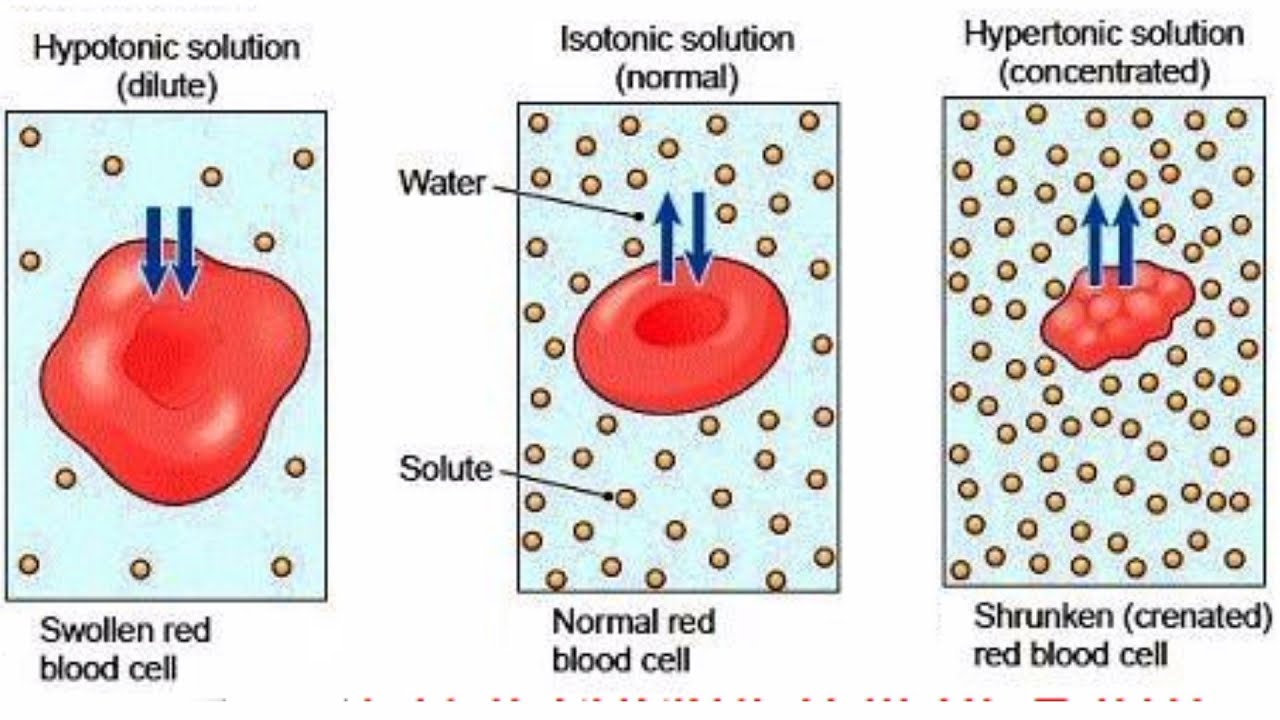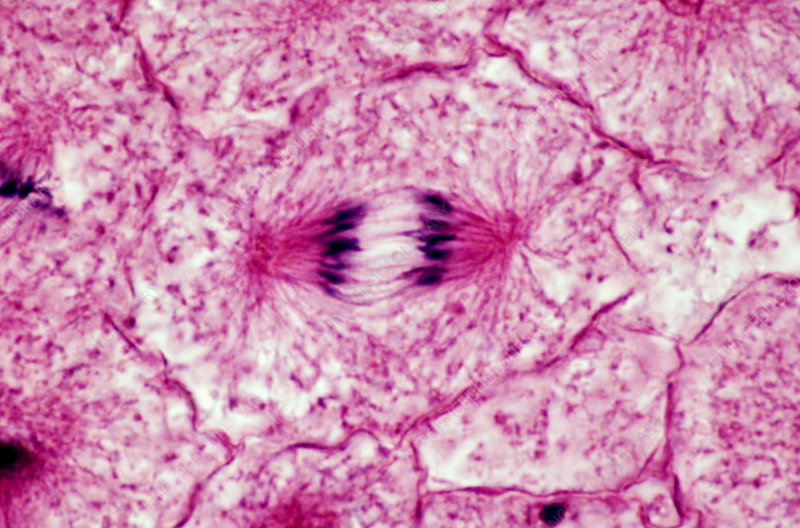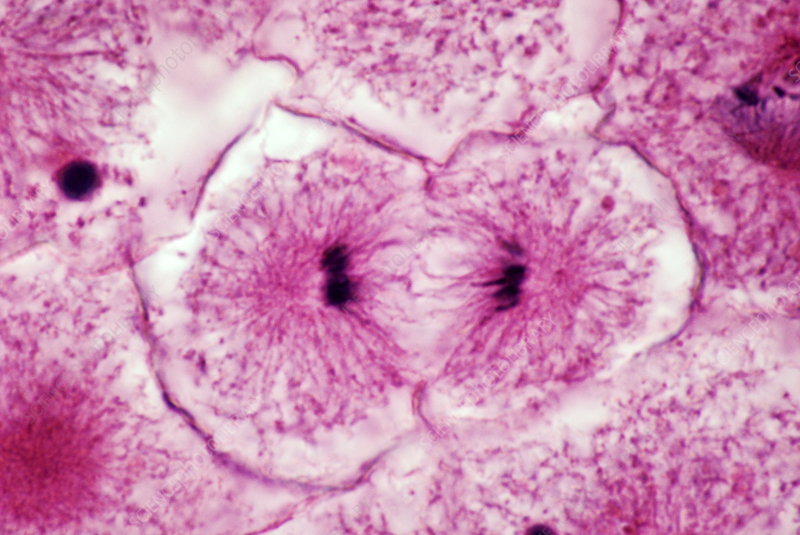Cellular and Molecular Biology Exam #2
1/105
There's no tags or description
Looks like no tags are added yet.
Name | Mastery | Learn | Test | Matching | Spaced |
|---|
No study sessions yet.
106 Terms
Semi-permeable membrane
barrier that permits the passage of specific molecules or ions while preventing others from crossing
Transport proteins purpose
Transport proteins are essential for moving substances across cell membranes, maintaining cellular homeostasis, and facilitating various biological processes.
Simple diffusion
the net movement of a substance from an area of high concentration to an area of low concentration, no ATP or transport protein required (if you give something the opportunity to spread out, it will)
Concentration gradient
the difference between the concentration of a substance in a given area
Osmosis
passive movement of water across a selectively permeable membrane
How and when does osmosis occur?
Instead of a solute moving to balance the concentration gradient, water moves to “dilute” the solute
Tonicity
the ability of a solution to affect a cell’s tone or shape by altering its water content
Hypertonic solutions (and what would happen if a cell were placed in it)
has a higher concentration of solute and a lower concentration of water, relative to the cell (it loses water due to the higher concentration of solutes outside the cell compared to inside)
Isotonic solutions (and what would happen if a cell were placed in it)
has the same concentration of solute and the same concentration of water, relative to the cell (nothing because it is equal)
Hypotonic solution (and what would happen if a cell were placed in it)
has a lower concentration of solute and a higher concentration of water, relative to the cell (the cell is bloat)
Active transport
the energy-driven process of moving molecules across a cell membrane from a region of lower concentration to a region of higher concentration, essential for various cellular functions.
Describe how ions are normally distributed inside vs outside the cell
Basically some people think that “homeostasis” means things are always evenly distributed inside and outside the cell. But if that was the case we would be…. Dead. Active transport sets up gradients, putting things where they need to be to keep us alive even if it means pumping things against the gradient using energy.
Gating
a mechanism to regulate permeation by controlling diverse cellular functions; proteins undergo conformational change to open or close in response to stimuli
How can transporters be direction-specific?
Transporters are direction-specific due to their ability to move substances against their concentration gradient with the use of energy.
List some examples of why membrane transport is important for human cell physiology
maintaining homeostasis, cell communication, metabolic processes, electrical signaling, and regulation of ion concentration
Channels
a type of protein transporter with high solute selectivity, rapid rate of solute permeation, gating
Carriers
a type of protein transporter that can move substrates against a concentration gradient (there are two groups: transporters and pumps)
List the components of a nucleotide (the building block of nucleic acids)
Nucleotides have a phosphate, a sugar, and a base
What holds nucleotides together in one strand of DNA and RNA?
the sugar phosphate backbone holds one entire strand together
Purines and examples
it consists of two rings and two examples are guanine and adenine
Pyrimidines and examples
it consists of one ring and examples of cytosine and thymine
Little mnemonic for ATCG
apples in the tree and cars in the garage
Why do purines pair with pyrimidines in DNA?
mRNA and tRNA are bound together in triplets of nucleotides called codons and anticodons; purines are one ring, and pyrimidines are two rings, so they pair together to create the codon triplets of nucleotides
Explain why DNA can be pulled apart and two identical strands can be created even though each strand only has half of the information in the code
In summary, DNA can be pulled apart and replicated into two identical strands due to the complementary base pairing and the action of specific enzymes like helicase and DNA polymerase. This process allows each strand to serve as a template, ensuring that the complete genetic information is accurately copied and maintained across generations of cells.
Describe how bacterial DNA is different from eukaryotic DNA
Bacteria DNA:
keeps the entire genome in one circular chromosome
the chromosome has one “origin”
DNA unwinds & replicates in opposite directions from that origin until it reaches the other side
two circle chromosomes are made
Eukaryotic DNA:
have multiple chromosomes
each chromosome has multiple starting points for replication or origins of replication
helps speed up the process in a bigger genome
Genome
the entirety of genetic material in an organism
Gene
a portion of the genome that codes for protein
Transcription
DNA remains in the nucleus always, mRNA is a copy of the information in a DNA gene, a ribosome can read mRNA to make a protein during translation
Describe the differences between DNA and RNA
Structure: DNA is double-stranded, providing stability, while RNA is single-stranded, making it more reactive.
Sugar: DNA contains deoxyribose sugar, whereas RNA contains ribose sugar.
Nitrogen Bases: DNA uses thymine as a nitrogen base, while RNA uses uracil instead of thymine.
Function: DNA stores genetic information, while RNA codes for amino acids and acts as a messenger between DNA and ribosomes.
Replication: DNA is self-replicating, while RNA is synthesized from DNA through transcription
Translation
Translation requires the input of a messenger RNA (mRNA) template, ribosomes made up of ribosomal RNA (rRNA) and polypeptide chains, and transfer RNAs (tRNAs) that carry amino acids to the growing polypeptide chain.
Codon
triplets of nucleotides on the mRNA that serve as binding sites for the tRNA
Anticodon
what the codon binds to
How and why do the nitrogenous bases occur in a particular order serve as the “code” for building a protein?
The order of nitrogenous bases in DNA forms a code that instructs cells on how to build proteins, with sequences of three bases (codons) corresponding to specific amino acids.
Describe the tonicity, what type of solution is present, and what is happening to the cell
In a hypotonic solution, the cell will swell because it means there is LESS solution outside of the cell. In an isotonic solution, the cell will remain the same because the amount of solution inside and outside the cell is the SAME. In a hypertonic solution, the cell would shrink because there is MORE solution outside of the cell.

How do changes in DNA lead to changes in protein structure?
Codons code for specific amino acids and can code for several different amino acids, depending on the three nitrogenous base variations.
Haploid
A half set of chromosomes
Diploid
A complete set of chromosomes
Daughter cell
the product of mitosis; goes from one cell to two identical daughter cells.
Chromosome
one piece of tightly packaged condensed DNA
Sister chromatid
When a chromosome is drawn in an X-shape, it has been replicated into two identical copies of all the DNA on that piece
Centromere
region of DNA on the chromosome that tells the cell where to tie them together
Kinetochore
proteins that bind to the centromere
Mitotic spindle
microtubules that bind to the kinetochore on one side and the centrosome on the other side
Centrosome
an organelle that serves as the main microtubule-organizing center (MTOC) for animal cells. It consists of two centrioles and a complex of proteins that help in the formation of additional microtubules. Centrosomes play a crucial role in cell division and cell-cycle progression.
Homologous pair
Homologous chromosomes, or homologs, are pairs of chromosomes in a diploid organism that have the same structure and gene sequence. Each pair consists of one chromosome inherited from the mother and one from the father. In humans, there are 23 pairs of homologous chromosomes, totaling 46 chromosomes
Somatic cell
Any cell that is not sperm or egg
Gamete
sperm or egg cells
What type of cells does mitosis make?
two identical somatic cells with a complete set of chromosomes
What type of cell does meiosis make?
makes four unique gametes with a half set of chromosomes
Mitosis purpose
the process of cell duplication
Meiosis purpose
a type of cell division in sexually reproducing organisms that reduces the chromosome number by half, resulting in the formation of four genetically diverse gametes (sex cells).
When and why does a cell in the body undergo mitosis?
Cells undergo mitosis when they need to grow, replace dead cells, or repair tissues. This process is crucial for maintaining the body's overall health and function.
What cells might undergo mitosis more or less often?
Skin cells reproduce very often, but nerve and muscle cells only reproduce once or twice after reaching maturity
Describe the daughter cells of mitosis: how many cells are there? How many chromosomes do the daughter cells have compared to the parent cell?
Mitosis produces two identical daughter cells, each with the same number of chromosomes as the parent cell. These daughter cells are genetically identical to each other and to the original parent cell, resulting in two diploid cells.
When and why would a cell in the body undergo meiosis?
Meiosis is a type of cell division that reduces the chromosome number by half, leading to the formation of four non-identical daughter cells. It is crucial for sexual reproduction in eukaryotes
What cells undergo meiosis?
Cells that undergo meiosis are primarily germ cells, which are specialized reproductive cells found in the reproductive organs. In humans, meiosis occurs in the ovaries for egg cells and in the testes for sperm cells.
Describe the daughter cells of meiosis: how many cells are there? How many chromosomes do the daughter cells have compared to the parent cell?
Meiosis results in the production of four daughter cells, each with half the number of chromosomes compared to the parent cell.
Describe the process of DNA replication
Unwinding: The DNA double helix unwinds at the origin of replication, separating the two strands. Template Formation: Each separated strand serves as a template for synthesizing a new complementary strand. Nucleotide Addition: New nucleotides are added to the growing strands, matching the bases of the template strands. Strand Synthesis: One new strand is synthesized continuously (leading strand), while the other is made in short segments (lagging strand). Completion: The result is two identical double helices, each containing one original and one new strand.This process ensures that each daughter cell receives an exact copy of the parent cell's DNA.
When and why would the cell replicate its DNA?
Cells replicate their DNA to ensure that each daughter cell receives an identical set of genetic instructions necessary for proper function and development.
Describe the signature features of each phase of mitosis: prophase, metaphase, anaphase, telophase, cytokinesis
Prophase: centrosomes appear, the cell is committed to undergo mitosis, and chromosomes interact with centrosomes
Metaphase: all chromosomes are near the equator
Anaphase: two sister chromatids of each chromosome separate
Telophase: chromosomes reform nuclei at the poles, cleavage furrow along same plane as the metaphase plate
Cytokinesis: membrane forms between two distinct cells
Describe the difference between meiosis 1 and mitosis
Mitosis: Primarily for growth, tissue repair, and asexual reproduction. It produces two genetically identical daughter cells from a single parent cell.
Meiosis I: Specifically for sexual reproduction, producing gametes (sperm and egg cells) and ensuring genetic diversity through recombination and independent assortment.
Meiosis 1 and Meiosis 2 in short
Meiosis 1: separates homologous pairs
Meiosis 2: separates the sister chromatids

What phase of mitosis is this?
Prophase

What phase of mitosis is this?
Metaphase

What phase of mitosis is this?
Anaphase

What phase of mitosis of this?
Telophase
Cell theory
All cells come from pre-existing cells
What is the purpose of the cell cycle?
The purpose of the cell cycle is to enable cells to grow, replicate their DNA, and divide, which is essential for the growth, development, repair, and maintenance of living organisms.
List all phases of the cell cycle
GI (Gap 1), S (Synthesis), G2 (Gap 2), M (Mitosis)
What are the basic functions of each phase of the cell cycle?
Gap 1 & 2: cell growth
Synthesis: DNA replication
Mitosis: duplicates cells
Explain the purpose of the cell cycle checkpoint in general. Why is this such a serious thing for the cell to control?
The cell cycle checkpoints are crucial for maintaining the health and stability of cells. They ensure that cells do not divide under unfavorable conditions (such as when their DNA is damaged or when there isn't enough room for more cells in a tissue or organ). It protects the cells from cancer!!
What is the specific purpose of the G1/Gap 1 checkpoint?
the cell is physically growing (it is an interphase cell)
What is the specific purpose of the S/Synthesis phase?
the cell is committed to eventually dividing (but since it hasn’t yet, it is still technically an interphase cell), and it must replicate its DNA
What is the specific purpose of the G2/Gap 2 checkpoint?
the cell is physically growing again (still interphase)
What is the specific purpose of the M/Mitosis phase?
the cell enters prophase and officially begins the process of cell division. The cell is committed to finishing cell division (divide or die)
Interphase
Interphase is the longest phase of the cell cycle, during which a cell prepares for mitosis. It consists of G1, S, and G2.
Kinases
proteins that use ATP to stick phosphates on things to modify their activity
What does a Kinase sticking a phosphate on something do?
Sticking a phosphate on another protein usually activates or inactivates it. So, kinases have very specific targets in order to carry out the job the cell needs done. (For example, glucokinase, sticks a phosphate on glucose to trap it inside the cell so that the cell can digest it for energy.)
What are CDKs?
cyclin-dependent kinases; key proteins that control the cell cycle
What is the function of a CDK?
They bind to specific cyclins to activate a complex. Then they give permission to and help them move through specific cell cycle checkpoints.
What is a cyclin?
Cyclins are proteins that play a crucial role in regulating the cell cycle by activating CDKs
What is the function of cyclin?
Cyclins bind to CDKs, forming cyclin-CDK complexes that are necessary for the activation of CDKs. This activation is essential for the progression of the cell cycle. Different cyclins are associated with specific phases of the cell cycle
How do CDKs and cyclins work together to time cell cycle transitions?
CDKs and cyclins are essential for the precise timing of cell cycle transitions. They work together to ensure that cells divide accurately and efficiently.
What is the G0/Gap 0 phase?
If conditions are favorable at checkpoints, cyclins and CDKs trigger the transition to the next phase. However, if conditions are not met, the cell may enter a dormant state known as G0.
CDK-cyclin regulation techniques
Phosphorylation, inhibitory proteins, and subcellular localization
Phosphorylation
turning the activity of a CDK on or off with a phosphate
Inhibitory proteins
block their binding site by sticking something else in there
Subcellular localization
hide it from its binding partner! (if the CDK is in the cytoplasm, hide the cyclin in the nucleus)
Genome
entirety of DNA in an organism
Allele
different versions of a gene (with only slightly different bases) that produce different products, and therefore different traits
Genotype
the actual ATCG code
Phenotype
the physical trait expressed
Inheritance
how traits are passed down by generations
Dominance & Recessiveness
how different combinations of alleles from parents can result in different traits in offspring
Dominant
The relationship between two versions of a gene, known as alleles, where one allele will be expressed, overriding the other. The dominant gene can be expressed even when only one copy of it is present.
Recessive
Recessive traits in biology and genetics are determined by the presence of two copies of a gene, one from each parent, in a homozygous state. These traits are expressed only when both alleles are recessive, meaning they do not produce a trait when only one copy is present
P generation
parent generation; staring point
F generation
the offspring of P; can be followed for multiple generations (F1, F2, etc.)
Homozygous
two identical alleles for a gene
Heterozygous
having two different alleles for a particular gene